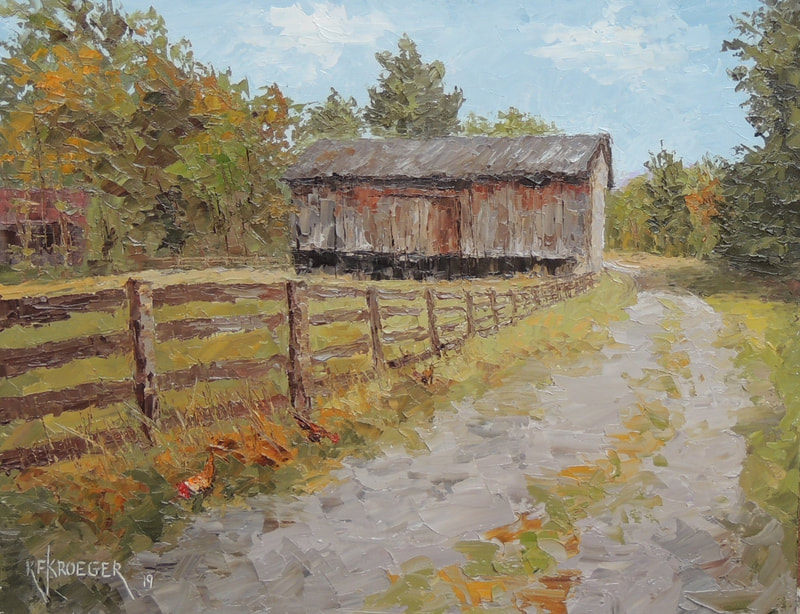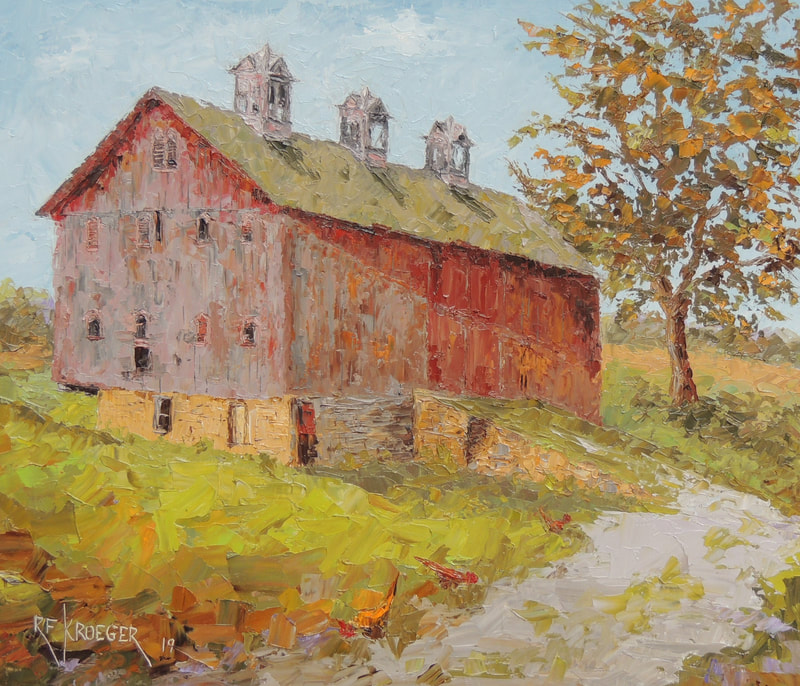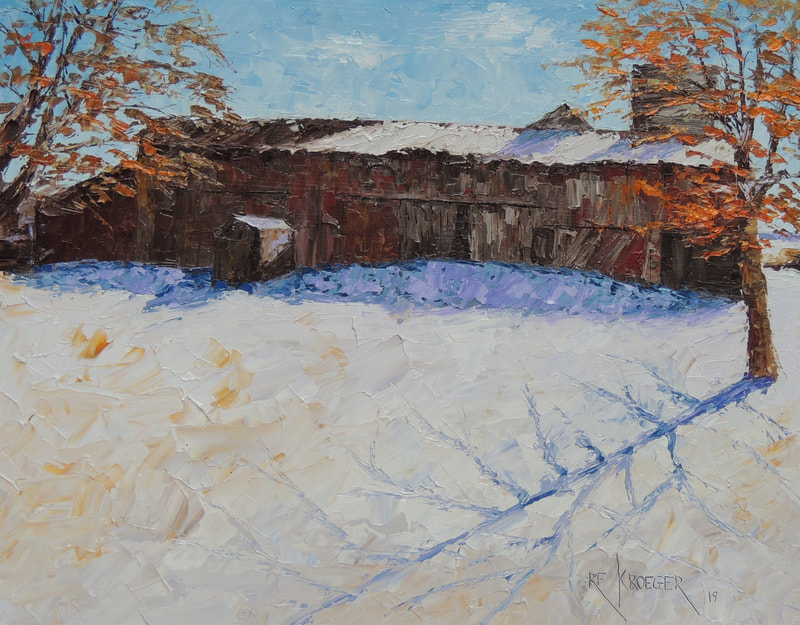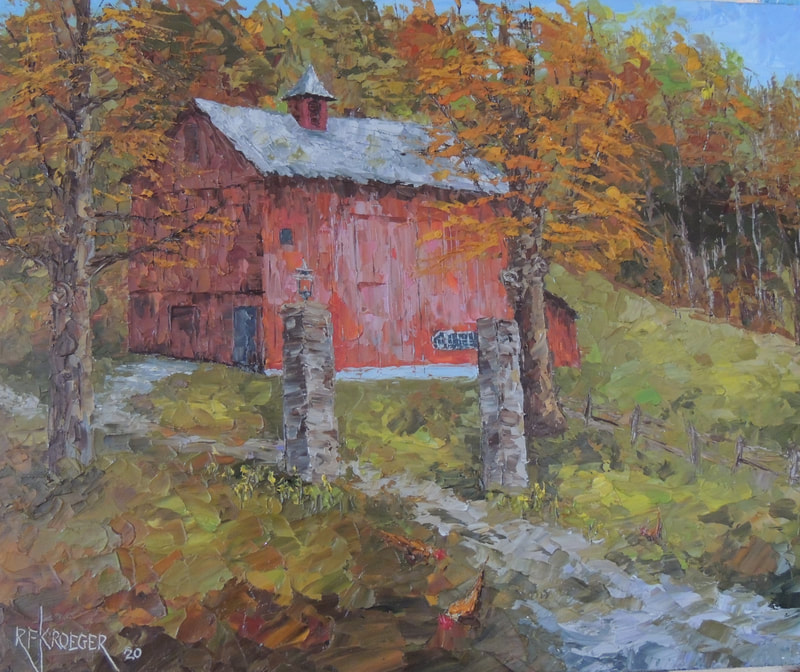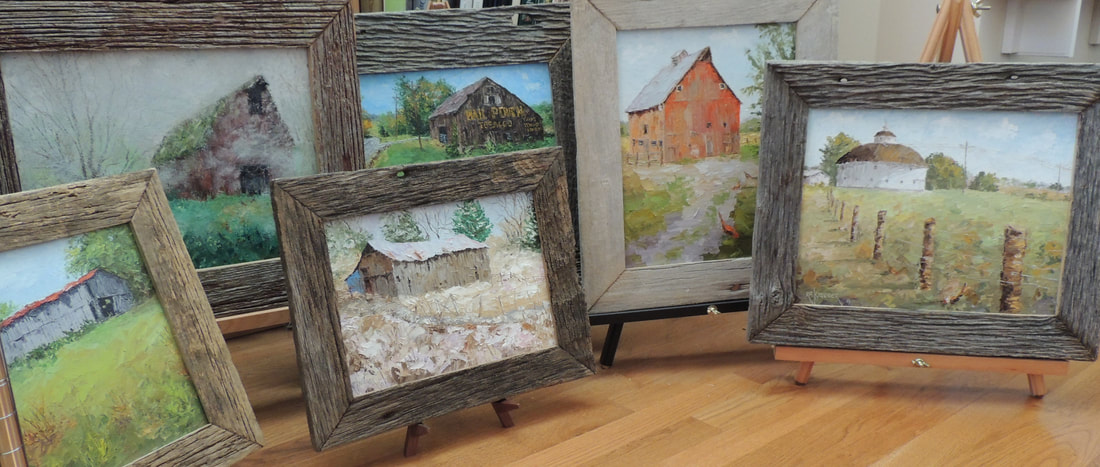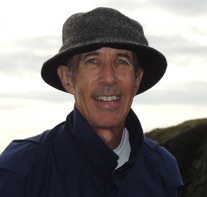 Robert F. Kroeger, DDS
Robert F. Kroeger, DDS
I’m Ohio born (Youngstown) and raised, ending my education at Ohio State where I finished with a BS and DDS. I served for seven years in the Navy (three in reserve and four on active duty), at NNMC (when there was one) and on the USS Simon Lake, ending with the rank of lieutenant commander. For about 30 years I maintained a private dental practice in Cincinnati where my late wife and I raised five children, my most cherished accomplishment. After my wife died, I started a foundation and the Bashful Ostrich 5K, which helped survivors of sexual abuse.
When I retired in 2010, I became certified as a personal trainer and in 2005, I started running marathons, lost 50 pounds, and eventually crossed off another bucket list thing – founding a marathon. The Islay Single Malt Marathon is held on Scotland’s isle of Islay and raises funds for a mission trip the high school students take. Currently, I live in Cincinnati with my wife Laura and spend my time running marathons, playing golf, writing, painting, and playing with grandchildren. As other grandparents know, the last activity can be the most exhaustive.
My writing career started in the mid-1980s when an editor encouraged me to write a book on dentistry. My first book was a dental book-of-the-month club selection. Since then I’ve written several others - on golf, health, and a wild adventure in Scotland, which are listed on my writing website. If all goes well, my book on Ohio's historic barns should be published by early 2021.
This YouTube video, a live interview produced by Joe Mischka, publisher of Rural Heritage, was featured on RFD-TV in 2021. In it, I explain a little bit about my Ohio Barn Project and why I visited all 88 Ohio counties to find a historic barn to write about and paint, which evolved into my book, Historic Barns of Ohio. It aired several times on the Rural Heritage show on the RFD-TV channel. https://www.youtube.com/watch?v=7I8-S1brTc4&t=1s
This YouTube video, a live interview produced by Joe Mischka, publisher of Rural Heritage, was featured on RFD-TV in 2023. In it, I explain a little bit about round barns and why I painted and wrote about them. Joe and I visited a round barn in Indiana on a cold, snowy day in November, 2022, when he made the video. https://www.youtube.com/watch?v=kogfGhOZaBk
My art career began when I was quite young and, fascinated by my dad’s oils, I mischievously opened his tubes one day and started painting on his palette – while he was at work, away from home. After finishing my masterpiece, I neatly put the tubes, still opened, and the brushes wet with oil paint, together with the palette, back into his wooden traveling art box. Since he didn’t paint every day, he didn’t discover my work of art till a few days later. I deserved that spanking.
My father graduated from Notre Dame with a degree in fine art in 1938. He showed me the art medal he won while at ND. And then he served in the army in WWII, before marrying and settling in Youngstown where he worked as a commercial artist. Although he never formally taught me, he exposed me to art at a young age. Over the years I dabbled, but my paintbrush had been quiet until the 2012 message from "Granville Gray." I went back to the basics: drawing, reviewing proportion, perspective, and values. Over the years I’ve taken several workshops, including many lessons with a great local mentor, who helped me a lot.
Hundreds of my paintings have raised funds for the local 4-H, historical societies, or other non-profits. I reached my goal of painting at least one barn in each of Ohio’s 88 counties, which has been the basis for Historic Barns of Ohio, a book published in March, 2021, by the History Press. The book contains 135 images, 64 in color. A barn and its story from each county help to preserve early Ohio history in this book.
Throughout 2021, I've done nearly 30 fundraising events for historical societies and museums. Typically, I'll do a demo palette knife painting of an old barn (raffle or silent auction), tell barn stories for an hour, and then sign books. To schedule an event, please use the contact form on this site.
Solo Shows:
August, 2021 - Pump House Art Center, Chillicothe, Ross County - 36 barn paintings
September, 2021 - Muhlhauser Barn, West Chester, Butler County - 97 barn paintings (10 nonprofits)
I use palette knives to paint in the oil impasto technique – on canvas or Masonite panels – and frame my paintings with the barn’s own wood. Let me explain this.
IMPASTO OIL. It’s thick, first of all, and it’s applied “alla prima,” which means “one go.” In other words, the painting is completed in one or two sittings, as long as the second is close behind the first. Unlike traditional oil painting, the thickness of impasto – an Italian word meaning “dough” or “mixture” – makes the paint harden relatively quickly, meaning that the artist can’t return and continue or change it a few days or weeks later, as can be done in traditional oil brush painting.
Impasto oil reflects light in different ways because it protrudes from the canvas. You can view the painting throughout the day and, as the sun's light shifts, you'll see a different painting. It’s like magic. Or, the artist can make one part of the painting stand out by using heavier impasto, adding boldness to the composition. This emphasis can give a third dimension that traditional oil can’t. When the paint’s really thick, it can be applied to stick out a quarter of an inch or more from the canvas. Some view this as dramatic; others view it as overkill. Although some artists use a brush to do impasto, I prefer to use painting knives for most of the painting.
The great masters used this technique. Rembrandt, Titian, and Vermeer realized they could add a third dimension to their paintings. Two hundred years later, the French impressionists, including Monet and Manet, used it. They would apply the paint in layers, one after the other, and watch how the impasto reflected light, which was an important part of their style. Later, Van Gogh took a step farther and applied large globs of paint, some straight from the tube, directly to the canvas. It's not easy and most oil painters avoid it since it makes details difficult.
Why do I use the impasto oil method in my paintings? By chance, on vacation many years ago, I walked through an art gallery filled with large canvases heavy with impasto oil. Their boldness appealed to me. Later, Indiana’s Joe Shell, who uses a gentler, modified impasto technique that allows some detail, influenced me further. Walt Gonske of Taos as well as some of the Russian impressionists planted more seeds.
NOTE ON COMPOSITIONS: Often, especially if painting a barn that's been taken down, I'll move a few objects or change the horizon level, while still preserving the shape of the barn. If an old barn has been covered with metal siding, I'll try to recreate the original wooden siding. If given the option - between a modern reconstruction and an image of the original barn - I'll often choose the original.
My Signature. If possible, I include a few chickens or a goose. After all, it’s a farm. These are small objects and don't steal the scene.
THE BARNWOOD FRAMES. Although I never intended to make frames for my paintings, this task fell into my lap when my talented son, very artsy like my father was, moved into a new house and added one child to his family, then another, then another. Framing defaulted to me. So, thanks to my college roommate, who, while still practicing dentistry is a marvelous carpenter, I learned how to trim the old wood, cut the rabbet, and assemble a frame. After countless mistakes and incorrect measurements, I gained respect for this craft. Some of the wood I use is over 200 years old and some is merely a century old. Since I’m trying to preserve history in these projects, the barn’s own wood adds another dimension to the painting. Actually, even though it takes a long time to make a barnwood frame from rustic lumber, it gives me a lot of joy, which I didn't expect at first.
